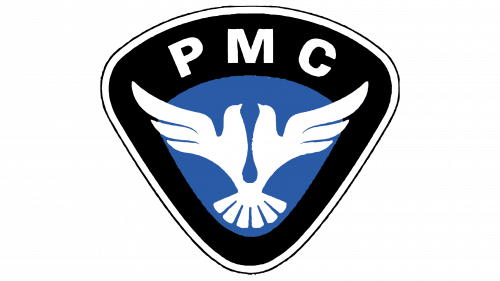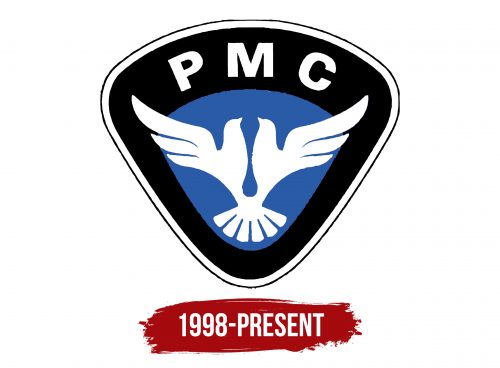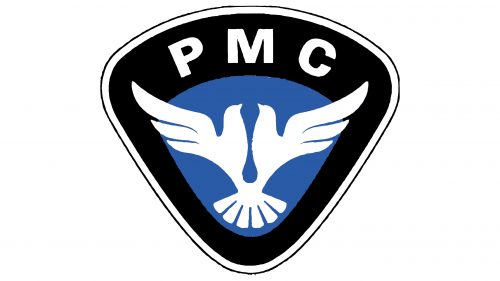The Pyeonghwa Motors logo resembles a chevron, instilling confidence, protection, and safety. The emblem conveys a message to others that products marked with this symbol are of excellent quality and withstand any stress.
Pyeonghwa Motors: Brand overview
This brand’s journey, launched in 1998 as a daring joint venture between North Korea’s Ryonbong General Corporation and South Korea’s Unification Church, embodies ambition and an unusual alliance. Aiming to create a sustainable automobile manufacturing enterprise, the venture began with high hopes.
By 2000, the construction of a factory in Nampo, North Korea, was completed, marking a significant milestone. This facility would serve as the heart of the brand’s production capabilities.
In 2002, the brand introduced its first model, the Hwiparam, based on the Fiat Siena. This vehicle symbolized the company’s official entry into the automotive market.
Following this, in 2003, the Ppeokkugi minivan, modeled after the Huanghai design, was introduced. This addition aimed to diversify the company’s product lineup and appeal to a broader audience.
The Junma, a model inspired by the SsangYong Chairman, was launched in 2006, stepping up the brand’s offerings in the more luxurious market segment.
2007, the Sokda pickup truck debuted, based on the Great Wall Deer design, targeting the utility vehicle segment.
In 2009, the company announced plans to export vehicles to Vietnam and other Southeast Asian nations, showcasing their ambitions to reach beyond domestic borders.
By 2011, the brand had established a showroom in Pyongyang, enhancing its visibility and accessibility within North Korea.
Production peaked in 2012, with around 1,600 vehicles manufactured that year, marking the zenith of their operational success.
In 2013, the Unification Church decided to exit the joint venture, transferring its stake to the North Korean government, signaling a significant change in the company’s governance.
From 2015 to 2018, the brand continued operating, although new model releases and major developments remained limited.
Between 2019 and 2021, the company’s activities persisted, but details were limited due to restricted access to North Korean economic data.
Throughout its history, this brand has operated within North Korea’s challenging economic and political environment, serving as its only official automobile manufacturer.
Meaning and History
What is Pyeonghwa Motors?
It is a North Korean automobile manufacturer known for producing various vehicles, including small cars, SUVs, and commercial trucks. The company is a joint venture between the North Korean government and a South Korean business group to develop the automobile industry in North Korea. Specializes in providing affordable and practical transport solutions for the domestic market.
1998 – today
The North Korean manufacturer of SUVs, mini trucks, and various passenger cars focuses on an emblem that instills discipline and trust and demonstrates high protection. This emblem resembles the chevron typically used on military uniforms, law enforcement, and various public safety services. This trend enhances the company’s image, portraying it as a true professional dedicated to the comfort and safety of drivers.
The first noticeable feature is the shape of the emblem. It is a triangle with a convex upper part, arched like a curve, showcasing the broad scope of the produced vehicles. The brand also shows loyalty and readiness to respond to the demands of the consumer market. All corners of the triangle are rounded, confirming the company’s aim to please customers, create a pleasant atmosphere, and maintain harmonious relationships.
The double frame adds liveliness to the Pyeonghwa Motors logo and supports the notion of protection. The border consists of a thin outer line (black) and a wide inner stripe (white, separating the edge from the main area). The inner part is also multi-structured, containing:
- The inscription PMC (an abbreviation for Pyeonghwa Motors Company)
- Doves (symbolizing peace and success, as well as hinting at the two founding firms)
- A blue center (also in the shape of a triangle with a convex upper edge)
The birds are depicted in flight, facing each other and flapping their wings. Since the illustration is in profile, only one wing from each bird is visible. The tails of the doves merge, forming a unified whole. This design element reflects a part of the company’s history, hinting at the union of two specialized enterprises that joined forces for successful operation and quicker entry into the international market. This represents the authenticity of the automaker and its respect for its roots.
The emblem’s color palette is restrained and dominated by three colors: white symbolizes beginnings and purity of intentions, blue represents aspirations and justice, and black denotes a business approach, seriousness, and practicality. The inscription is in bold, sans-serif font, implying no obstacles for the North Korean automobile brand.





